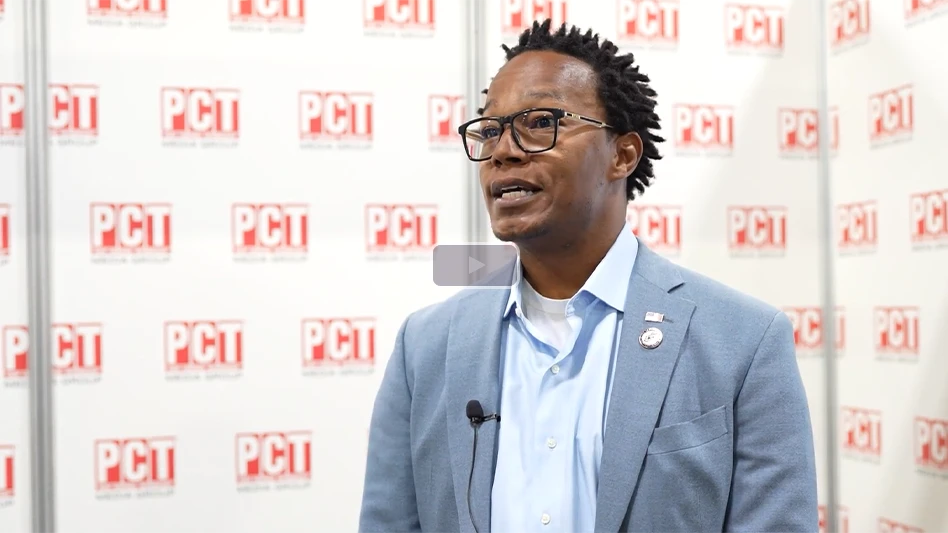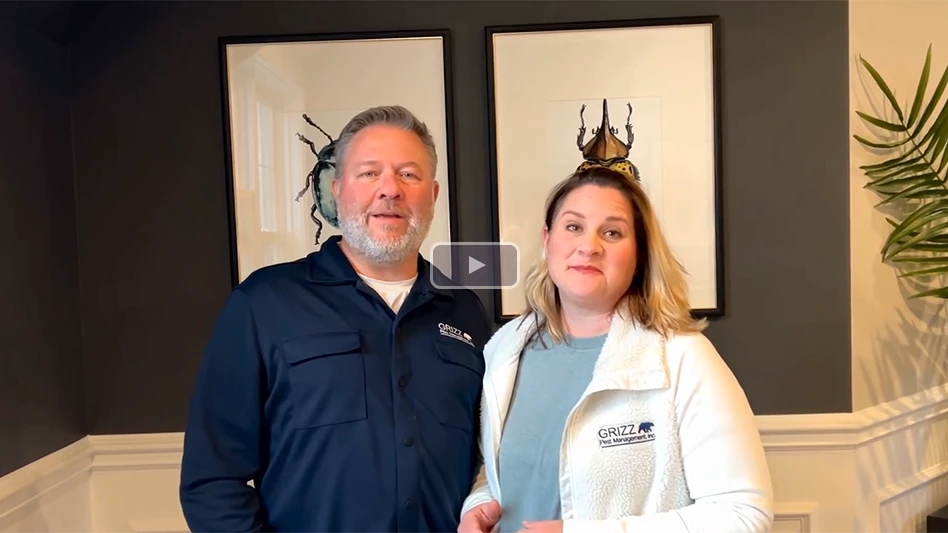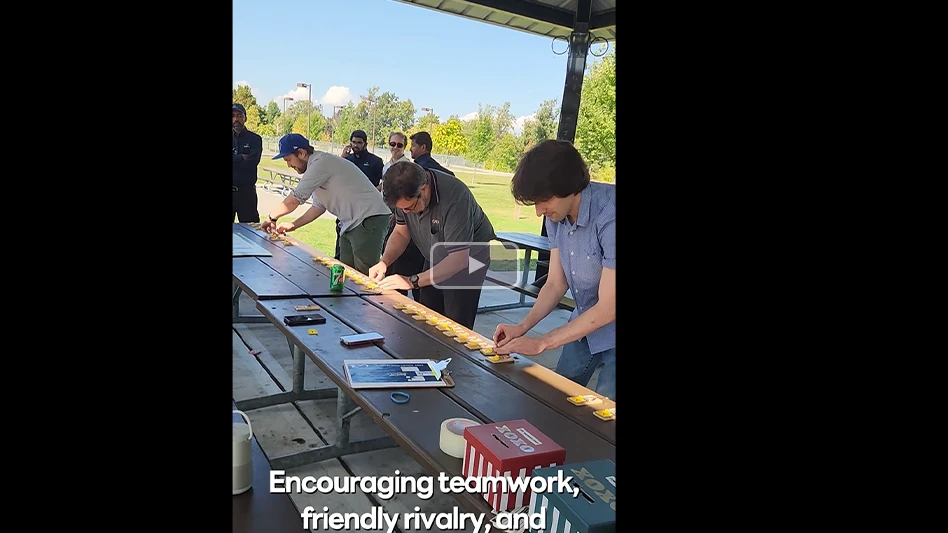Hit ’em where they live!" It’s a phrase that’s been uttered by the likes of football coaches, army generals, hunters, advertisers, political activists and even cartoon superheroes. But it has new meaning for us as it relates to rodent control.
When the average pest management technician goes into a commercial account to perform mouse control (among other things), his training tells him to look for access points into the building. He knows also to look for a source of food. If he finds doors that don’t close properly or bird and grass seed strewn all over the sales aisles, he is likely to throw up his hands and declare, "I’ll never get this problem solved if I don’t get some cooperation."
Is there any other approach to take? After all, we’ve been saying forever that it is the responsibility of the client to seal up the building and minimize access to food. I maintain that we must take a different approach if we are to be successful.
MICE BEING MICE. Let’s examine what we know about mice. We know that the territory for the common urban mouse (Mus musculus) covers a space of between 10 to 30 feet. Research also indicates that as the population size increases, the home territory often becomes somewhat reduced. So when activity is observed in a commercial account, our training tells us to look close-by for their nesting and breeding sites.
It is quite common to see a mouse nest in the packaging of a retail product that has fallen down behind the shelf and been long forgotten by everyone except the rodent inhabitants. But when there is a very large population of mice, it is imperative that we locate the major sources of nesting and breeding.
In an account with readily visible mouse activity, one has to wonder how many mice must be caught to stay ahead of the population increase. I believe that unless we discover and eliminate these major nesting sites, we will not be able to eliminate the rodent infestation in an account where access, food and harborage will always be available.
Noted industry expert Robert Corrigan has written about sub-slab populations of mice. He has identified the particular challenge that rodents living beneath cement slabs can create for pest management professionals. These families (or demes) of mice can build up in large numbers. With endless harborage, no predators and easy access to an endless supply of food, these voids that occur from the settlement of soil and gravel beneath the concrete become the perfect "housing" for large populations of mice.
Obtaining access to the area beneath the slab is not a challenge for rodents in most situations. This type of slab-on-grade construction usually has expansion cracks and gaps adjacent to perimeter walls, and structural supports and the foam material often used to fill the expansion gaps provides little resistance for mice. When a great deal of mouse activity is noted, we must broaden our search for nesting sites to include the possibility that large numbers of mice are living and breeding beneath the cement slab.
The access points to the sub-slab area are usually easily identifiable though often hard to see. They are likely to be out of view behind columns and pallets or other out-of-the-way places in commercial accounts. The edges and borders of these well-used travel routes are usually discolored from rub marks and mouse urine.
THE SOURCE. It is important that we as pest management professionals inspect, investigate and determine the source of the infestation. Just as the harborage available for mice under the slabs is unlimited, so too is the food available in many commercial accounts where spillage is commonplace and clean-up is rare.
Much has been written recently about the efficacy of "running trap lines" when inspecting large numbers of rodent devices versus doing a worthwhile inspection and investigation that may yield valuable results. If we resort to only checking the rodent devices and marveling at the amount of food available for the rodent population, we are not likely to solve the problem. If we want to achieve success, we must "hit ’em where they live."
W. Wayne White is a Board Certified Entomologist and director of technical services for American Pest, Fulton, Md., and is a member of Copesan’s Technical Committee. As a senior entomologist and vice president, he’s involved in all aspects of pest management operations, including analysis of problem pest accounts, sales and development of pest management programs, and employee training. He also served as part of a U.S. Dept. of State training team conducting IPM seminars in Asia, Africa, Europe and South America.
Copesan is an alliance of pest management companies located throughout North America. To learn more, visit www.copesan.com.

Explore the May 2011 Issue
Check out more from this issue and find your next story to read.
Latest from Pest Control Technology
- MGK Announces EPA Registration of Botanical Active Ingredient Veratrine
- Termite Control Sales Strategies
- NPMA Announces ELP Class of 2025
- Termite Control Tools and Equipment for PMPs
- Choe Reviews Drywood Termite Geographical Hotspots, Latest Research Findings
- Mosquito Squad Announces Rebranding to Mosquito Squad Plus
- Pest Control Equipment: If it’s Critical, Back it Up!
- In Memoriam: Marybeth Wonson





